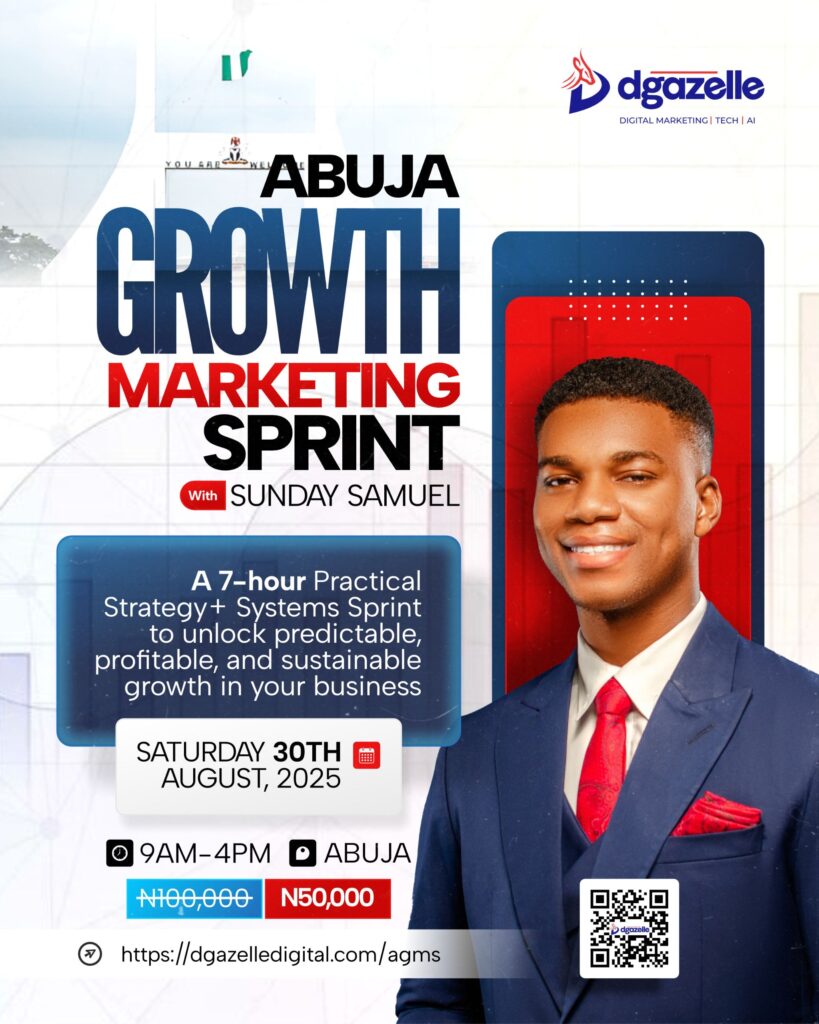
Content creation is one of the most time-consuming tasks in digital marketing. You spend hours writing a blog, filming a video, or recording a podcast—but often, it’s published once and left to collect digital dust. What if you could turn one great piece of content into dozens of new ones without burning out your team?
That’s where AI-powered content repurposing comes in.
AI is changing how marketers approach content creation, especially when it comes to maximizing value from existing material. With the right tools and strategy, you can breathe new life into old content—saving time, increasing reach, and boosting ROI.
Let’s break down how to do it efficiently and creatively.
What Does It Mean to Repurpose Content?
Repurposing content means taking one asset (a blog post, video, webinar, podcast, etc.) and adapting it into different formats or for different platforms. Instead of starting from scratch every time, you’re leveraging what you already have—and reaching your audience wherever they are.
Think of it like cooking a large batch of stew: you can serve it today, freeze it for later, or transform it into something entirely new like a pie filling or pasta sauce. Smart, right?
How AI Makes Content Repurposing Easier (and Smarter)
AI tools can analyze, summarize, rewrite, and reformat your content in seconds. What once took hours now takes minutes—without sacrificing creativity or consistency.
Here’s how AI can help you repurpose content:
Summarize long-form content: Turn a blog post into social media captions or a YouTube description.
Create visual content: Use AI to turn articles into infographics, slideshows, or carousels.
Generate email copy: Pull highlights from webinars or blogs to create newsletters or drip campaigns.
Adapt tone and style: Want the same article in a more casual or more formal tone? AI can help rewrite it for different audiences.
Transcribe and repurpose audio/video: AI can convert video or podcast transcripts into articles, quotes, or social content.
Realistic Examples of Repurposing With AI
Let’s say you recorded a 20-minute video on “How to Build a Sales Funnel.”
Using AI, you can quickly:
- Transcribe the video into a blog article
- Extract quotes for LinkedIn posts
- Summarize key points into a Twitter thread
- Create a carousel for Instagram using visuals and stats from the video
- Email your audience a condensed takeaway with a link to the full video
- Generate a script for a podcast or TikTok summary of the same content
That’s 6+ content pieces from a single video—and all in less than half the time it would take to do manually.
Tools You Can Use
Here are a few powerful AI tools you can use to repurpose content:
- ChatGPT / GPT-4: Summarize, rewrite, or reframe content in any tone or style.
- Canva Magic Write / Designs: Turn text content into branded social graphics or presentations.
- Descript: Transcribe and edit video/audio, turn it into blog posts or reels.
- Copy.ai / Jasper: Quickly generate social media posts, ad copy, and product descriptions.
- Lumen5: Create videos from blog posts with AI-powered video generation.
Why It’s a Game-Changer for Marketers
Repurposing with AI isn’t just about saving time—it’s about doing more with less. Whether you’re a solo content creator or a marketing team juggling multiple channels, AI helps you:
- Maintain a consistent posting schedule
- Reach more people across more platforms
- Improve content ROI without increasing budget
- Reduce burnout from always having to create new content
- Refresh older pieces with current trends or data
In a world where content is king, repurposing is the queen that multiplies your reach—and AI is the strategist that brings it all together.
Final Thoughts: Work Smarter, Not Harder
You don’t need to constantly chase the next piece of viral content. You already have valuable material—you just need to learn how to stretch it further. With the help of AI, you can transform a single blog into a month’s worth of content that’s polished, platform-ready, and personalized.






